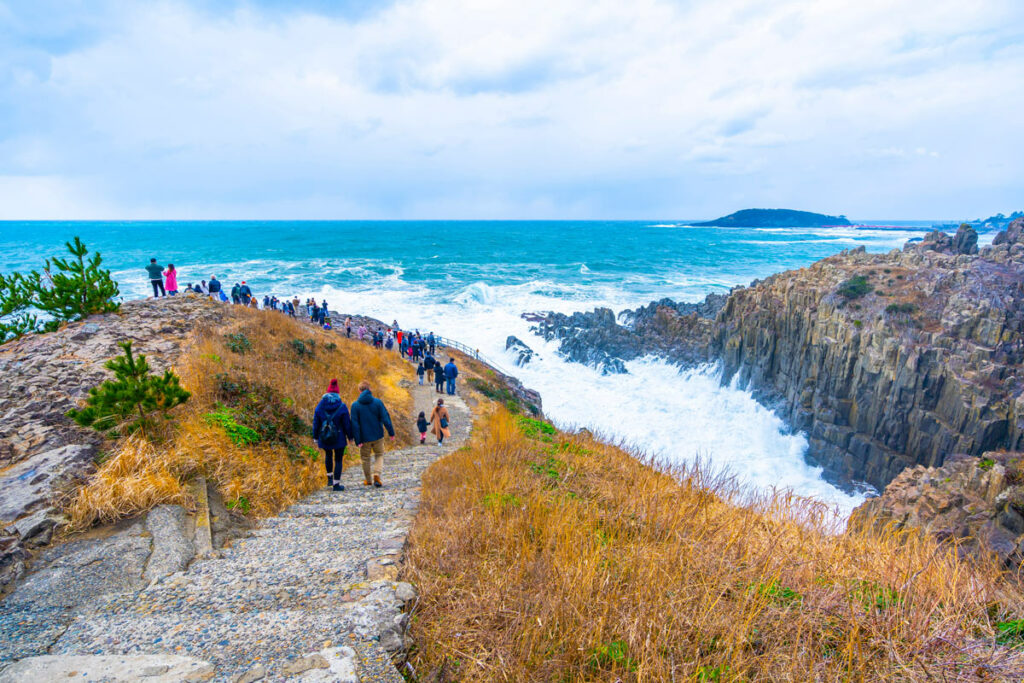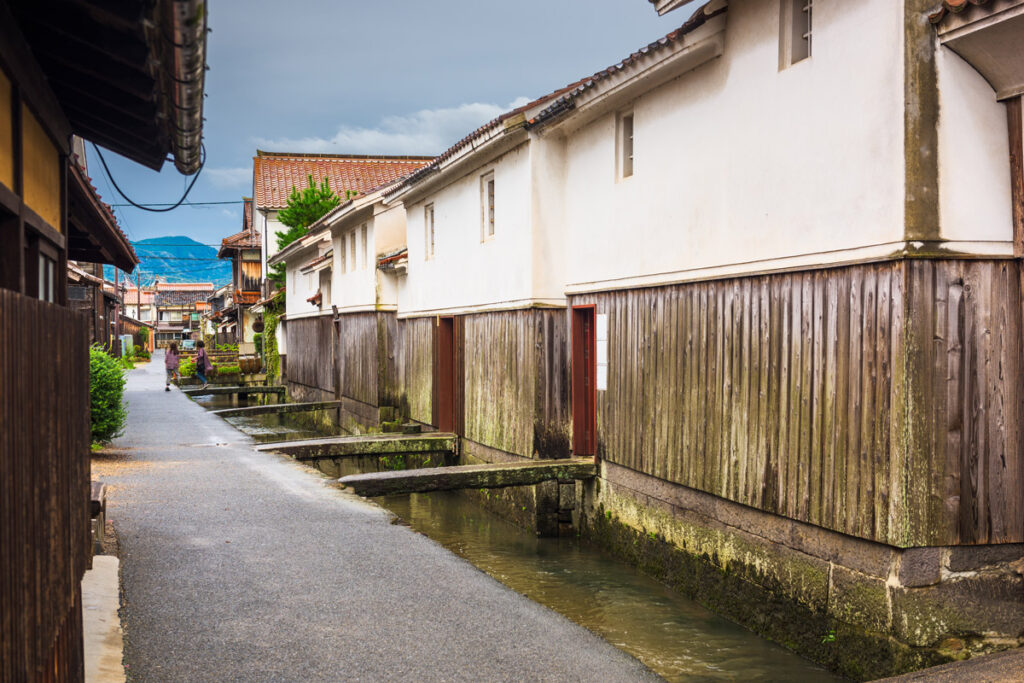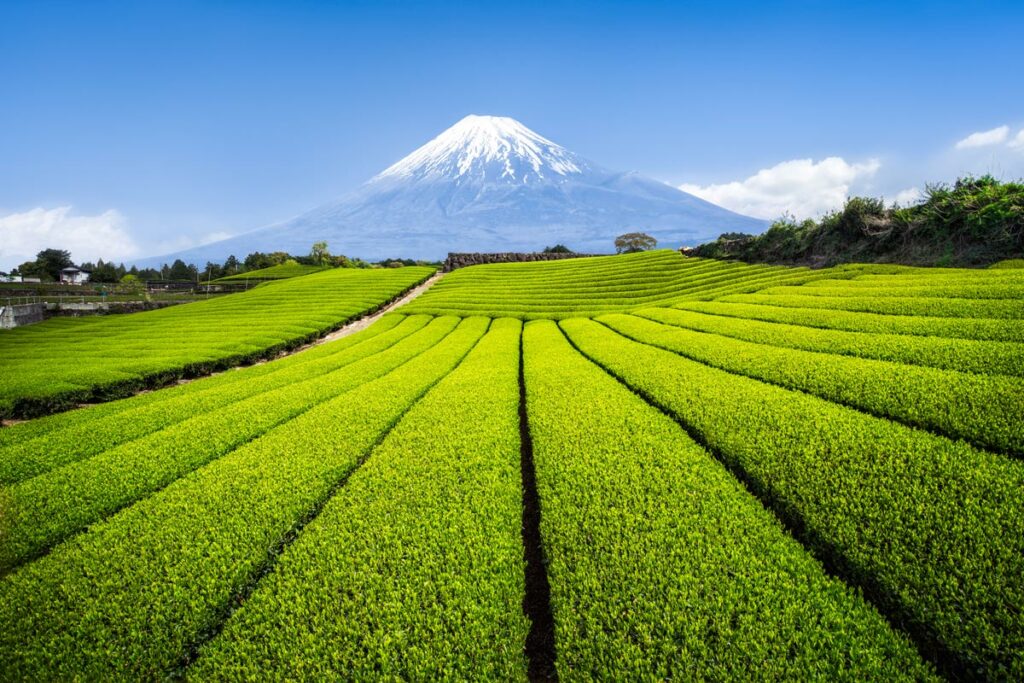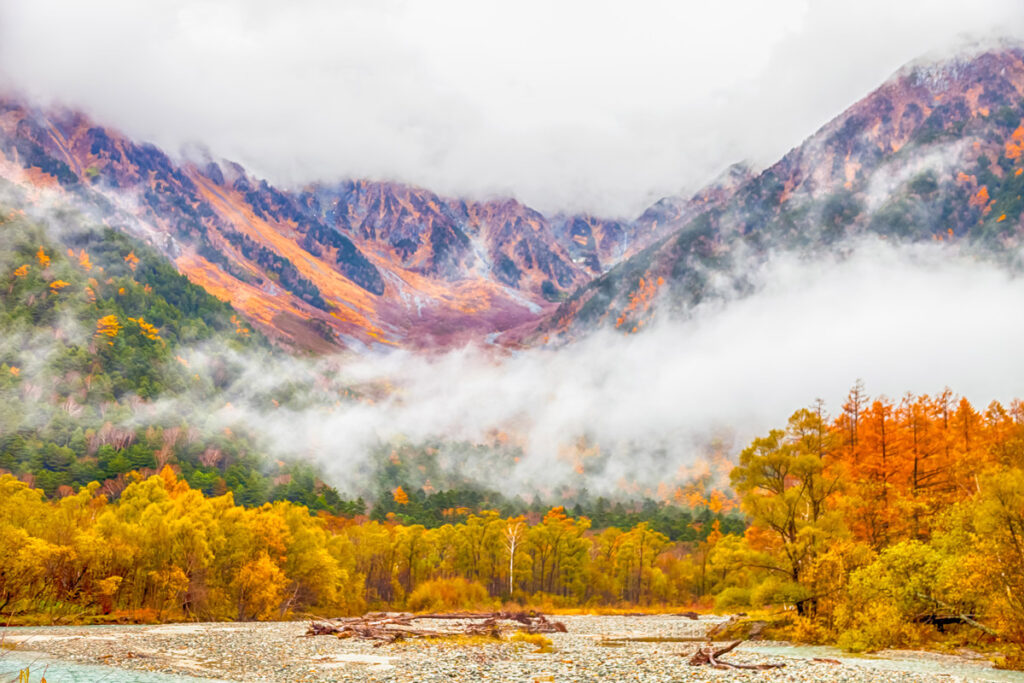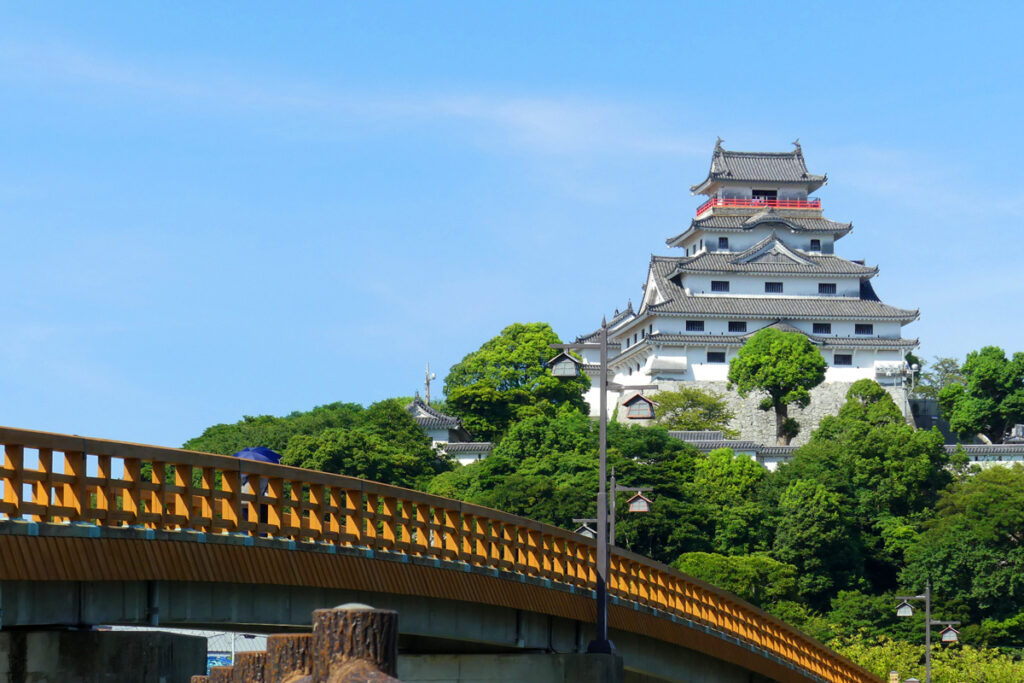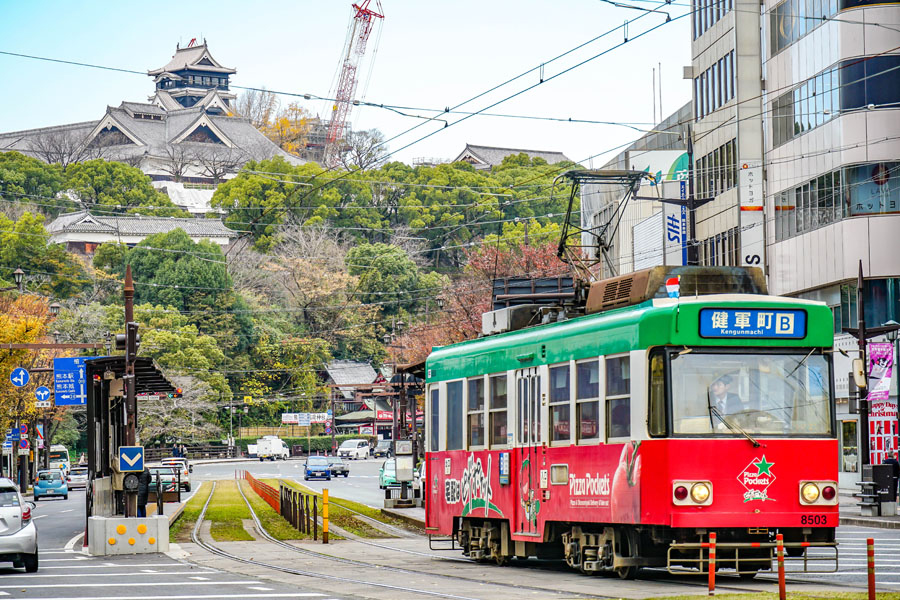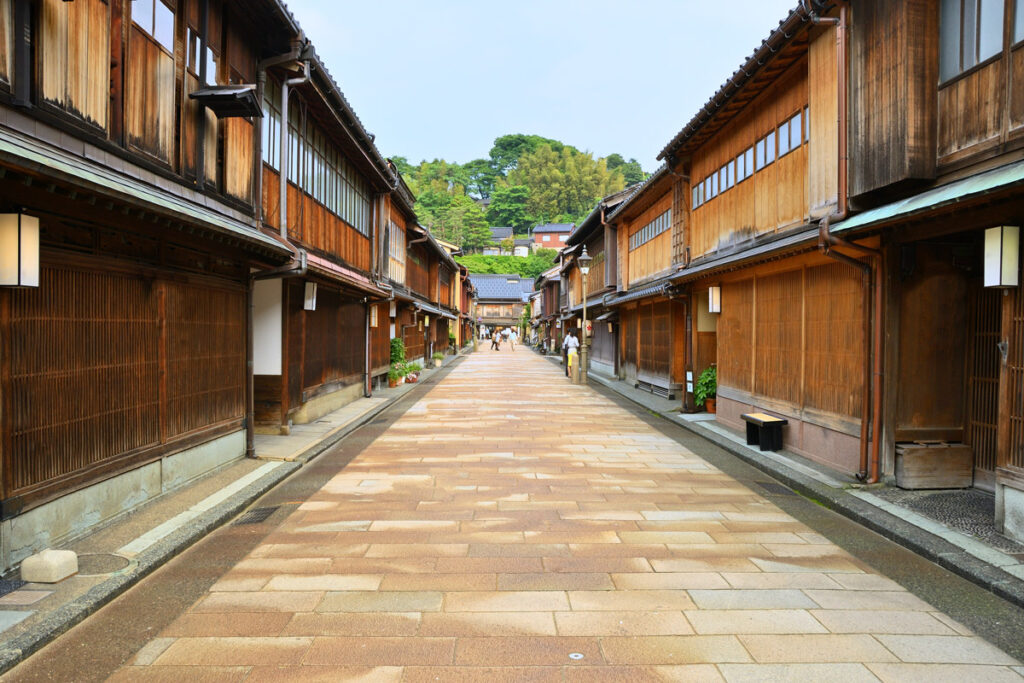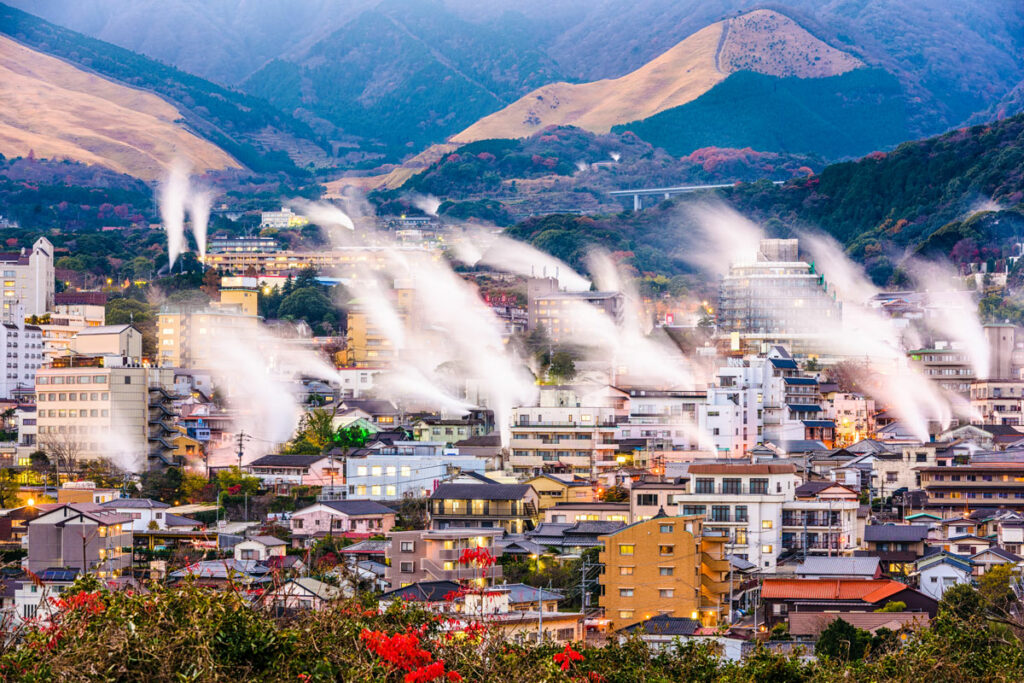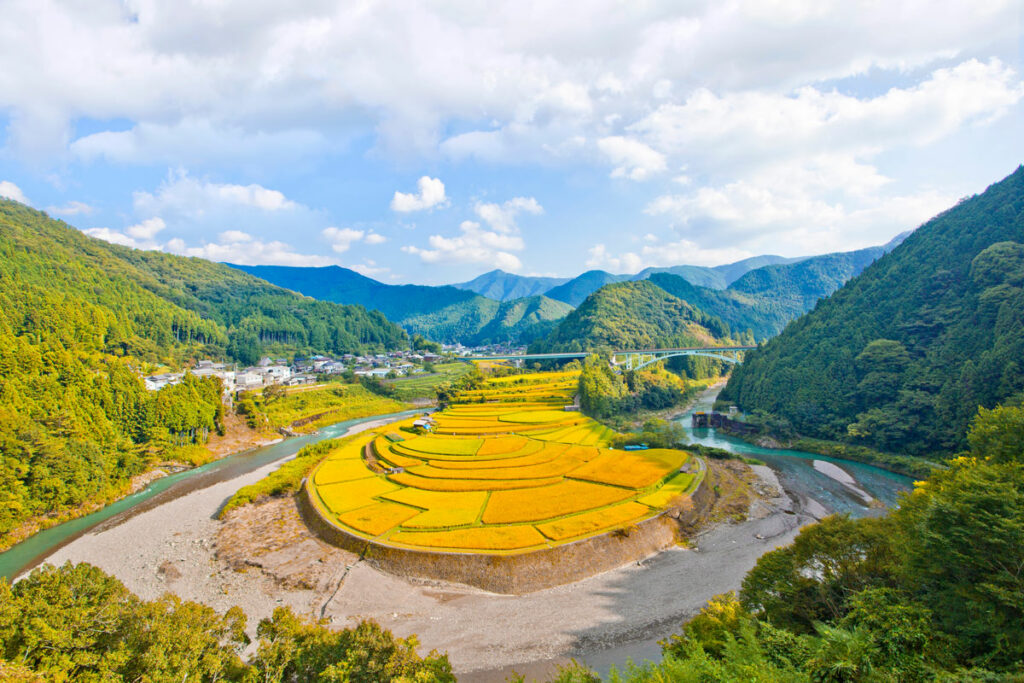Welcome to the bustling heart of the Kanto Region – Tokyo! When you think of the Tokyo Prefecture, soaring skyscrapers, neon lights, and bustling streets might come to mind. But did you know that this vibrant metropolis is also a treasure trove of art, culture, and the rich history of Japan? Dive deep into the city’s cultural tapestry with our guide to the Top 12 Must Visit Museums in Tokyo, Japan. Whether you’re an art aficionado, a history buff, or just a curious traveler, these museums offer a window into the soul of Tokyo and the stories that shaped it. So, lace up your walking shoes and get ready to embark on a journey through time and imagination in the heart of Japan’s capital!
- 1. Tokyo National Museum
- 2. National Museum of Western Art
- 3. Tokyo Metropolitan Art Museum
- 4. National Museum of Emerging Science and Innovation (Miraikan)
- 5. National Art Center
- 6. Nezu Museum
- 7. Edo-Tokyo Museum
- 8. Tokyo Metropolitan Teien Art Museum
- 9. National Museum of Nature and Science
- 10. National Museum of Modern Art
- 11. Ueno Royal Museum
- 12. Mori Art Museum
- Frequently asked Questions (FAQs)
- 1. What are the top museums to visit in Tokyo, Japan?
- 2. Are these museums located centrally within the Tokyo Prefecture?
- 3. How do these museums reflect the history of Japan?
- 4. Are these museums suitable for visitors from outside the Kanto Region?
- 5. How can I plan my visit to ensure I cover the most important museums in Tokyo?
1. Tokyo National Museum
Located in Ueno Park, this museum is Japan’s oldest and largest museum, showcasing traditional Japanese art and historical artifacts.

Tokyo National Museum: A Cultural Gem in the Heart of the City. Nestled within the serene confines of Ueno Park, the Tokyo National Museum stands as a testament to Japan’s rich tapestry of history and art. As the nation’s premier museum, it holds the distinction of being the oldest and most expansive of its kind in Japan. Visitors are treated to an unparalleled journey through time, with exhibits that shine a spotlight on traditional Japanese art, from intricately crafted samurai armor to delicate ukiyo-e woodblock prints.
The Tokyo National Museum is one of the largest and most comprehensive museums in Japan, housing a collection of over 100,000 works of art and artifacts from Japan and Asia. The museum is divided into six main buildings, each of which focuses on a different aspect of Japanese art and culture.
The Honkan (Japanese Gallery) features a wide range of Japanese art, from ancient pottery and sculpture to modern paintings and prints. The Heiseikan (Japanese Archaeology and Special Exhibition) houses archaeological finds from around Japan, as well as rotating exhibitions of Japanese and foreign art. The Toyokan (Asian Gallery) displays art from China, Korea, India, and other Asian countries.
The Tokyo National Museum is a must-visit for anyone interested in Japanese art and culture. It is located in Ueno Park, one of Tokyo’s most popular tourist destinations.
2. National Museum of Western Art
National Museum of Western Art: A unique museum dedicated to Western art, it houses masterpieces from renowned artists like Monet, Picasso, and Rodin.

National Museum of Western Art: Bridging Cultures Through Timeless Masterpieces. In the bustling metropolis of Tokyo lies a sanctuary for lovers of Western art. The National Museum of Western Art stands as a beacon of cultural exchange, offering a unique perspective on the artistic prowess of the West within the heart of Japan. This institution is not just a museum; it’s a curated experience, bringing together some of the most iconic works from legendary artists.
The museum’s collection is based on the Matsukata Collection, which was gifted to the Japanese government by the French government after World War II. The collection includes over 6,000 works of art, from the Renaissance to the early 20th century.
Some of the highlights of the collection include paintings by Renoir, Monet, Cézanne, and Picasso; sculptures by Rodin and Maillol; and prints by Dürer and Hokusai. The National Museum of Western Art is a must-visit for anyone interested in Western art.
Temporarily Closed: Kindly check the official website for the updates.
3. Tokyo Metropolitan Art Museum
Tokyo Metropolitan Art Museum: This museum is located in Ueno Park and has a wide range of exhibitions, including contemporary art, ceramics, and calligraphy.

Tokyo Metropolitan Art Museum stands at the forefront of the city’s vibrant art scene, serving as a dynamic nexus for contemporary art enthusiasts. It is one of Japan’s most important museums, and houses a collection of over 130,000 works of art, including Japanese paintings, sculptures, prints, and ceramics, as well as Western art. Nestled in the cultural district, this museum is not just a space but an ever-evolving canvas, reflecting the pulse of modern artistic expressions.
The museum was founded in 1926, and its collection has been growing ever since. The museum has a number of special exhibitions throughout the year, and also offers a variety of educational programs for visitors of all ages.Diverse and ever-changing, the museum’s galleries come alive with a myriad of exhibitions, showcasing the brilliance of both local and international artists. Whether it’s the avant-garde creations of a Tokyo-based artist or the thought-provoking installations from global visionaries, every exhibit promises a unique experience, pushing boundaries and challenging conventions.
The Tokyo Metropolitan Art Museum is a must-visit for anyone interested in Japanese and Western art. It is located in Ueno Park, which is also home to many other museums and attractions.
4. National Museum of Emerging Science and Innovation (Miraikan)
Dive into the world of futuristic science and technology at this interactive museum.

Miraikan is a museum located in Odaiba, Tokyo, Japan. It is dedicated to exploring the latest advances in science and technology, and its exhibits are designed to be interactive and engaging. National Museum of Emerging Science and Innovation (Miraikan) is a beacon for the curious, illuminating the wonders of tomorrow’s science and technology. This museum isn’t just a place; it’s an experience, a journey into the future where possibilities are boundless.
Every corner of Miraikan invites exploration. From the marvels of space exploration to the intricacies of artificial intelligence, the exhibits challenge and inspire. The museum’s interactive nature ensures that visitors aren’t just observers but active participants, engaging with cutting-edge innovations that shape our world.
Some of the highlights of Miraikan include:
The Humanoid Robot: This life-size robot is capable of moving and speaking like a human. The Aquapod: This giant aquarium allows visitors to see jellyfish and other marine life up close. The Space Exploration Gallery: This gallery explores the history of space exploration and the future of space travel. The Planetarium: This planetarium offers a variety of shows that take visitors on a journey through the solar system and beyond.
Miraikan is a great place to learn about the latest advances in science and technology. It is also a fun and educational place to visit for people of all ages.
5. National Art Center
Unlike traditional museums, this center doesn’t have a permanent collection. Instead, it focuses on rotating exhibitions of contemporary art.

National Art Center, Tokyo is an art center located in Roppongi, Tokyo, Japan offers a refreshing departure from the conventional museum experience. Eschewing the norms, this unique institution doesn’t house a permanent collection. It was founded in 2007 and is the fifth institution to be established under the Independent Administrative Institution National Museum of Art. Instead, its essence lies in its ever-changing landscape, with a spotlight on rotating exhibitions of contemporary art.
The National Art Center is a major venue for contemporary art in Japan. It has hosted exhibitions of works by artists such as Yayoi Kusama, Takashi Murakami, and Ai Weiwei. Visitors to the center are treated to a kaleidoscope of artistic expressions, ensuring that each visit is distinct from the last. The fluidity of its exhibitions means that the National Art Center pulses with the current trends and innovations in the art world, presenting works from emerging talents alongside established names.
The center’s architecture itself is a testament to its modern ethos, with sleek designs and open spaces that complement the art within. For travelers seeking an evolving art experience, this is the place to be. Every exhibition tells a story, captures an emotion, or challenges a perspective, making it a hub of artistic dialogue and discovery. It is also a popular spot for events and performances.
6. Nezu Museum
The Nezu Museum- is a serene oasis in Tokyo, Japan, known for its collection of Japanese and East Asian art, beautiful architecture, and tranquil surrounding garden.

Nezu Museum is a museum of Japanese and Asian art located in Minami-Aoyama, Tokyo, Japan offering visitors a deep dive into the rich tapestry of traditional Japanese and East Asian art. t houses a collection of over 7,400 works of art, including paintings, sculptures, ceramics, and textiles from Japan, China, and Korea. Beyond its impressive collection of antiques and artifacts, the museum is a harmonious blend of art and nature, with its meticulously designed garden providing a tranquil backdrop.
The museum was founded in 1940 by Nezu Kaichirō, a wealthy industrialist and art collector. The collection was originally housed in Nezu’s private residence, but it was moved to the current museum building in 1983.
The Nezu Museum is known for its beautiful collection of Japanese paintings, including works by Sesshū, Tōhaku, and Hasegawa Tōhaku. The museum also has a large collection of Chinese ceramics, including works from the Song, Yuan, and Ming dynasties. The Nezu Museum is a popular tourist destination, and it is also a popular spot for weddings and other events.
7. Edo-Tokyo Museum
Edo-Tokyo Museum: This museum is dedicated to the history of Tokyo, from the Edo period to the present day. Visitors can see exhibits on the city’s development, culture, and people.

Edo-Tokyo Museum is a museum in Ryogoku, Tokyo, Japan, that tells the story of Tokyo from its founding as Edo in 1603 to the present day. The museum is housed in a unique building that resembles a traditional Edo-era warehouse. It offers a captivating journey into Tokyo’s storied past, specifically during the transformative Edo period.
The museum’s permanent exhibition is divided into three main sections:
The Edo Period (1603-1868): This section explores the history of Edo, from its founding as the capital of the Tokugawa shogunate to the Meiji Restoration. The Tokyo Period (1868-present): This section covers the history of Tokyo from the Meiji Restoration to the present day. The Comprehensive History Zone: This section provides a bird’s-eye view of the history of Tokyo, from its earliest days to the present day.
As you traverse its expansive halls, you’ll encounter detailed dioramas, life-sized replicas, and authentic artifacts that paint a vivid picture of life during the Edo era. From the bustling streets of merchant districts to the grandeur of samurai residences, the museum captures the essence of a time when Tokyo, then known as Edo, was a flourishing city. Beyond the tangible exhibits, the museum delves deep into the history and culture of the period, highlighting the customs, traditions, and innovations that shaped Tokyo’s trajectory.
Temporarily Closed: Kindly check the official website for the updates.
8. Tokyo Metropolitan Teien Art Museum
Tokyo Metropolitan Teien Art Museum: This museum is housed in a beautiful Art Deco building and features exhibitions of art, design, and fashion.

Tokyo Metropolitan Teien Art Museum : This museum is housed in a beautiful Art Deco building and features exhibitions of art, design, and fashion. The building itself is a work of art, and visitors can also enjoy the beautiful garden surrounding the museum.
Tokyo Metropolitan Teien Art Museum is an art museum located in Minato, Tokyo, Japan. The museum is housed in a beautiful Art Deco building that was completed in 1933. is a harmonious blend of art, architecture, and history. Nestled within Tokyo’s bustling landscape, this museum offers a unique experience, emphasizing the beauty of decorative arts and design. Housed in a historic building that’s a masterpiece in its own right, every corner of the museum whispers tales of bygone elegance and craftsmanship.
The museum’s collection includes over 1,200 works of art, including paintings, sculptures, and decorative arts from Japan and the West. The collection focuses on Western art from the 19th and 20th centuries, and includes works by Monet, Renoir, and Picasso. Each piece, curated meticulously, reflects the pinnacle of artistic expression in the realm of decorative arts. The exhibits not only showcase Japanese artistry but also feature international designs, offering a global perspective on aesthetics and creativity.
The museum also has a number of special exhibitions throughout the year. For travelers with an appreciation for design and a penchant for history, the Tokyo Metropolitan Teien Art Museum promises a visual and sensory treat, making it a must-visit spot in the city’s cultural tapestry.
9. National Museum of Nature and Science
National Museum of Nature and Science: This museum is one of the largest and most comprehensive science museums in Japan and features exhibitions on natural history, space, and technology.

National Museum of Nature and Science: This museum is one of the largest and most comprehensive science museums in Japan, and it features exhibitions on natural history, space, and technology. It’s a perfect destination for science enthusiasts and families.
National Museum of Nature and Science stands as a beacon of discovery in Tokyo, inviting visitors of all ages to embark on an enlightening voyage. Delving deep into the realms of natural history and the marvels of technological advancements, this museum offers a comprehensive look at the wonders of our world and beyond.
From the ancient fossils that trace the evolutionary journey of life on Earth to the latest innovations in science and technology, the museum’s exhibits span a vast spectrum. Children and adults alike can marvel at the intricacies of the human body, explore the mysteries of the cosmos, or dive deep into the blue to understand marine ecosystems.
Interactive displays and hands-on exhibits ensure that learning is not just passive but engaging. The museum’s dedication to education is evident in its approach, making complex scientific concepts accessible and intriguing to all. Whether it’s understanding the mechanics of flight or exploring the diverse habitats of Japan, there’s something for every curious mind.
For families looking to combine entertainment with education, the National Museum of Nature and Science is the perfect destination. It’s not just a museum; it’s a journey through time and innovation, waiting to be explored.
10. National Museum of Modern Art
National Museum of Modern Art, Tokyo: This museum is dedicated to Japanese and international modern art and features works by famous artists such as Picasso, Warhol, and Murakami.

National Museum of Modern Art The National Museum of Modern Art, Tokyo (MOMAT) is one of the largest and most comprehensive museums of modern and contemporary art in Japan. It is located in Ueno Park, one of Tokyo’s most popular tourist destinations. This museum stands as a repository of creativity, chronicling the evolution of modern art from the 20th century to contemporary times.
The museum’s collection includes over 13,000 works of art, from the late 19th century to the present day. The collection focuses on Japanese art, but also includes works from the West. As one of Japan’s premier institutions for modern art, the museum boasts a collection that is both diverse and profound. The museum’s curated spaces showcase not only Japanese artists but also international luminaries, creating a dialogue between local and global artistic narratives.
The museum was founded in 1937. The museum building was designed by Junzo Sakakura, a Japanese architect. The museum has a number of educational programs for visitors of all ages, including tours, workshops, and lectures. Visitors can traverse the timeline of modern art, witnessing the shifts in style, medium, and themes. The museum’s architecture, with its minimalist design, complements the art within, allowing the works to take center stage.
The National Museum of Modern Art, Tokyo is a must-visit for anyone interested in modern and contemporary art. It is a great place to learn about the history of art and to see some of the most famous works of art in the world.
11. Ueno Royal Museum
Ueno Royal Museum: This is a small but fascinating museum that is dedicated to the history of the Ueno area.

Ueno Royal Museum is a museum of Japanese art located in Ueno Park, Tokyo, Japan. It is one of the oldest museums in Japan, and was founded in 1872. The museum’s collection includes over 100,000 works of art, from the Nara period to the present day. The collection focuses on Japanese art, but also includes works from China and Korea. stands as a unique gem in Tokyo’s cultural landscape. Unlike many of its counterparts, this museum operates privately, offering art aficionados a curated experience that spans the spectrum of artistic expression.
The museum was originally called the Tokyo Imperial Museum. The museum building was designed by Josiah Conder, a British architect. The museum has a number of educational programs for visitors of all ages, including tours, workshops, and lectures. Some of the highlights of the collection include: The Genji Monogatari Emaki (Illustrated Tale of Genji): This 12th-century scroll painting is one of the most famous works of Japanese art. The Byōdō-in Amida Triad: This 11th-century sculpture is one of the most important works of Buddhist art in Japan. The Tale of the Heike Scrolls: This 13th-century scroll painting tells the story of the Genpei War. The Chōjū-jinbutsu-giga (Animal Scroll): This 12th-century scroll painting depicts a variety of animals in humorous and playful poses.
The museum’s strength lies in its versatility. Whether you’re drawn to the timeless beauty of traditional art or the avant-garde boldness of contemporary pieces, the Ueno Royal Museum ensures a rich tapestry of exhibits. Each exhibition, whether temporary or long-standing, is thoughtfully curated, reflecting a blend of local and global artistic narratives. Visitors can expect to see a range of artworks, from classical Japanese paintings and sculptures to modern installations and multimedia presentations.
The Ueno Royal Museum is a must-visit for anyone interested in Japanese art. It is a great place to learn about the history of art and to see some of the most important works of art in Japan.
12. Mori Art Museum
Mori Art Museum: This museum is located in Roppongi Hills, one of the most popular tourist spot in Tokyo. It focuses on contemporary art and has a variety of exhibitions throughout the year.

Mori Art Museum is a contemporary art museum located in Roppongi Hills, Tokyo, Japan. It is one of the most popular museums in Tokyo, and is known for its rotating exhibitions of works by both Japanese and international artists. Dedicated to the pulse of contemporary art, this museum is more than just a space; it’s a platform for artistic dialogue and global exchange.
The museum building was designed by Rafael Vinoly, an American architect. The museum is located on the 53rd and 54th floors of the Mori Tower, and offers stunning views of the city. The museum has a total exhibition space of 5,000 square meters, and can accommodate up to 5,000 visitors at a time. Housed in the cosmopolitan heart of Tokyo, the museum is renowned for its forward-thinking exhibitions.
The Mori Art Museum was founded in 2003 by the Mori Building Company. The museum’s mission is to promote understanding and appreciation of contemporary art through its exhibitions, educational programs, and public events. A standout feature of the Mori Art Museum is its commitment to showcasing leading international artists. The museum has a number of permanent collections, including the Mori Collection, which features works by Japanese and international artists such as Yayoi Kusama, Takashi Murakami, and Ai Weiwei. The museum also has a number of special exhibitions throughout the year, which have featured works by artists such as Andy Warhol, Jeff Koons, and Damien Hirst.
The Mori Art Museum is a must-visit for anyone interested in contemporary art. It is a great place to see some of the most innovative and thought-provoking art from around the world.thumb_upthumb_downtuneshareGoogle it
Frequently asked Questions (FAQs)
1. What are the top museums to visit in Tokyo, Japan?
The Top 12 Must Visit Museums in Tokyo, Japan include renowned institutions like the Tokyo National Museum, National Museum of Western Art, Tokyo Metropolitan Art Museum, and many more. Each offers a unique glimpse into the art, culture, and history of Japan.
2. Are these museums located centrally within the Tokyo Prefecture?
Yes, most of the museums listed in the Top 12 Must Visit Museums in Tokyo, Japan are centrally located within the Tokyo Prefecture, making them easily accessible for tourists and locals alike.
3. How do these museums reflect the history of Japan?
These museums house a diverse range of artifacts, artworks, and exhibits that chronicle the rich history of Japan, from ancient times to the modern era. They offer insights into Japan’s cultural evolution, technological advancements, and artistic achievements.
4. Are these museums suitable for visitors from outside the Kanto Region?
Absolutely! While these museums are located in the Kanto Region, their collections and exhibits are curated to appeal to a global audience, making them a must-visit for both domestic and international travelers.
5. How can I plan my visit to ensure I cover the most important museums in Tokyo?
Start by checking out our guide on the Top 12 Must Visit Museums in Tokyo, Japan. It provides a comprehensive overview of each museum, helping you prioritize based on your interests and available time.
